-
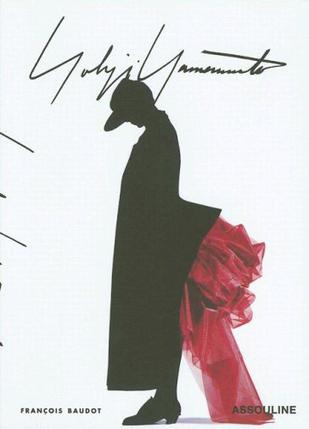
Yohji Yamamoto
Following his first show in Paris in 1981, Yamamoto became an instant success and has risen to the ranks of the world's top designers. This volume explores his pioneering approach to fashion - his loose, unstructured garments which have become a striking alternative to Western style. -
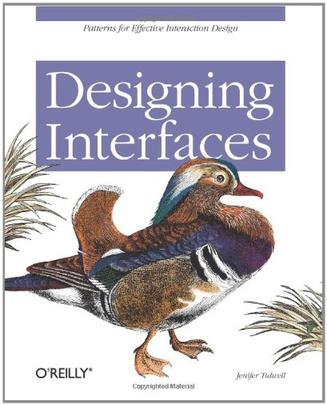
Designing Interfaces
Designing a good interface isn't easy. Users demand software that is well-behaved, good-looking, and easy to use. Your clients or managers demand originality and a short time to market. Your UI technology -- Web applications, desktop software, even mobile devices - may give you the tools you need, but little guidance on how to use them well. UI designers over the years have refined the art of interface design, evolving many best practices and reusable ideas. If you learn these, and understand why the best user interfaces work so well, you too can design engaging and usable interfaces with less guesswork and more confidence. "Designing Interfaces" captures those best practices as design patterns - solutions to common design problems, tailored to the situation at hand. Each pattern contains practical advice that you can put to use immediately, plus a variety of examples illustrated in full color. You'll get recommendations, design alternatives, and warnings on when not to use them. Each chapter's introduction describes key design concepts that are often misunderstood, such as affordances, visual hierarchy, navigational distance, and the use of color. These give you a deeper understanding of why the patterns work, and how to apply them with more insight. A book can't design an interface for you - no foolproof design process is given here - but "Designing Interfaces" does give you concrete ideas that you can mix and recombine as you see fit. Experienced designers can use it as a sourcebook of ideas. Novice designers will find a roadmap to the world of interface and interaction design, with enough guidance to start using these patterns immediately. -
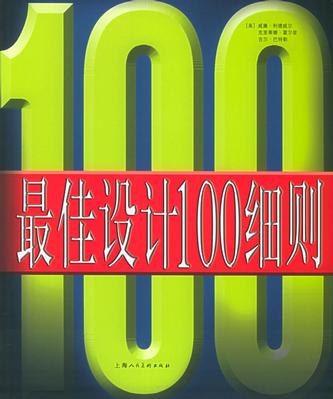
最佳设计100细则
本书按字母顺序编排,查阅方便,能迅速根据名称检索设计原则。对于有兴趣解决具体问题的读者,本书根据设计师常见的问题给通则作了分类。每一个原则均用双页的版式呈现。左手页包含原则简明的定义、详尽的描述、运用的例子以及运用的准则,文本的右侧有边注,提供详尽的说明和参考书目。右手页包含直观的实例和相关的图形,使读者对设计原则有更深的理解。 完美的设计不只属于少数才华出众的人士,其实几乎所有设计师都能在设计上臻于完美。使用公认的设计原则能增加成功设计的概率。使用《最佳设计1 OO细则》,把它作为增加跨学科知识和增强设计理解力的手段,能促发奇想,找到解决设计问题的方法,更新不常使用的设计原则的记忆。最后,还可把本书用作检查设计过程和作品质量的手段。 -
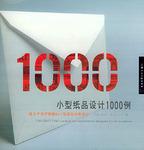
小型纸品设计1000例
小型纸品的设计,使平面设计师找到了可以真正发挥创造才能的机会。本书提供的近千幅图例,很多是在不需要满足客户要求的情况下,由设计师们无拘无束地发挥创意精心设计的。书中含有大量精彩的设计理念和灵感。独特的材料和与众不同的处理方法极大地影响了作品秘要传递的效果。 这是一本从无先例的作品收藏集,是信息传递品设计的必备参考。设计师们从中可以找到创作的灵感。 -

The Elements of User Experience
-
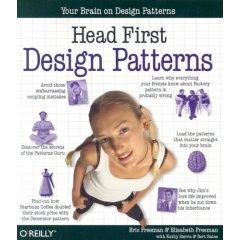
Head First Design Patterns
You're not alone. At any given moment, somewhere in the world someone struggles with the same software design problems you have. You know you don't want to reinvent the wheel (or worse, a flat tire), so you look to Design Patterns--the lessons learned by those who've faced the same problems. With Design Patterns, you get to take advantage of the best practices and experience of others, so that you can spend your time on... something else. Something more challenging. Something more complex. Something more fun. You want to learn about the patterns that matter--why to use them, when to use them, how to use them (and when NOT to use them). But you don't just want to see how patterns look in a book, you want to know how they look "in the wild". In their native environment. In other words, in real world applications. You also want to learn how patterns are used in the Java API, and how to exploit Java's built-in pattern support in your own code. You want to learn the real OO design principles and why everything your boss told you about inheritance might be wrong (and what to do instead). You want to learn how those principles will help the next time you're up a creek without a design paddle pattern. Most importantly, you want to learn the "secret language" of Design Patterns so that you can hold your own with your co-worker (and impress cocktail party guests) when he casually mentions his stunningly clever use of Command, Facade, Proxy, and Factory in between sips of a martini. You'll easily counter with your deep understanding of why Singleton isn't as simple as it sounds, how the Factory is so often misunderstood, or on the real relationship between Decorator, Facade and Adapter. With Head First Design Patterns, you'll avoid the embarrassment of thinking Decorator is something from the "Trading Spaces" show. Best of all, in a way that won't put you to sleep! We think your time is too important (and too short) to spend it struggling with academic texts. If you've read a Head First book, you know what to expect - a visually-rich format designed for the way your brain works. Using the latest research in neurobiology, cognitive science, and learning theory, Head First Design Patterns will load patterns into your brain in a way that sticks. In a way that lets you put them to work immediately. In a way that makes you better at solving software design problems, and better at speaking the language of patterns with others on your team.